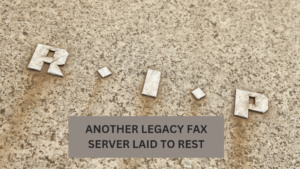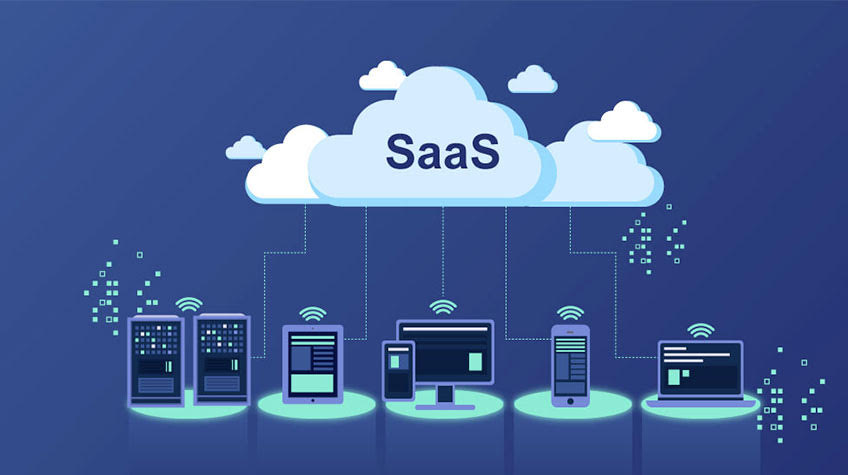As the deadline for hospitals and doctor's offices to transition completely to electronic health records draws nearer, many healthcare providers are struggling to find a system that meets their needs and is easy to implement.
Healthcare providers are faced with an increasing amount of medical data, but don't always have the capabilities to access it when necessary. EHR software "collects a lot more data on our patients," Dr. Bruce Bethancourt, chief medical officer for St. Vincent Medical Group, told InformationWeek. But it "doesn't necessarily provide the information we need to do the right thing for the patient at the point of care."
InformationWeek reported that physicians said they only received adequate referral information through an online system about one-third of the time. Additionally, referring doctors said that they only got data back with results of tests about two-thirds of the time and it often wasn't received until the patient attended a follow-up appointment with their primary care physician.
Dr. Bethancourt said he hopes to close the gaps in care, particularly with patients who may need additional tests that haven't been ordered yet or when a patient's treatment needs to be monitored and have changes made.
Implementing health IT
Atlantic Health Systems, a New Jersey group that consists of three medical centers and includes thousands of affiliated physicians, recently had to develop a health IT strategy capable of sustaining day-to-day processes while still onboarding new systems, according to EHRintelligence. AHS vice president and CIO Linda Reed said that while the newer systems are necessary, there have been some major stumbling blocks in the way of their implementation.
"We've had physicians call and tell us that their system has crashed and ask how to get it back online, and then you realize that they haven't run backup in years," said Reed. "There is no backup; there is nothing."
Reed added that AHS will continue to put effort into mobile technologies, and that each of its medical centers recently launched apps to help patients and doctors communicate better. The group also aims to implement more telemedicine systems.
According to executive director of Key Physicians Ray Coppedge, the wide variety of EHR systems and software available can make it difficult for physicians and medical groups to communicate with one another, because the systems don't always match up with one another.
"Ideally, we would all be on [Health Information Exchange] and everything would be connected with bidirectional interfaces," explained Coppedge, according to InformationWeek. "Someday, who knows, we may get there. But we need to do something different for now."
Easing the transition to EHR
One reliable method physicians and medical groups can implement for the transition to EHRs is fax over IP. FoIP EHR solutions allows faxes to be sent and received online over the internet and utilizes the cloud to store and archive sensitive information and patient medical records. Most doctor's offices already have a traditional fax machine, and FoIP providers like FaxCore offer services that enable these machines to become FoIP-capable.
Because FoIP send documents over the Internet, faxes can be received from anywhere email can be accessed. Patient records, orders for tests, appointment schedules and referrals can all be sent through FoIP, making inter-facility communication simpler and quicker while improving patient care.
Enhance enterprise communication, collaboration and compliance efforts with a proven FoIP solution from FaxCore. Contact FaxCore today to learn more about their ‘Partly-Cloudy’ reliable online fax services.




